Having worked in the materials and manufacturing industry for over a decade, I’ve seen firsthand how Thermoplastic Elastomers (TPE) have become a go-to choice for everything from yoga mats to medical devices. Their flexibility, durability, and eco-friendly properties make them a favorite across industries. But one question I often hear from clients, designers, and end-users is: How long do TPE products actually last? As someone who’s tested these materials in real-world applications and advised companies on their use, I’ll dive into this topic with practical insights, grounded in my experience, to help you understand the lifespan of TPE products and how to maximize their durability.
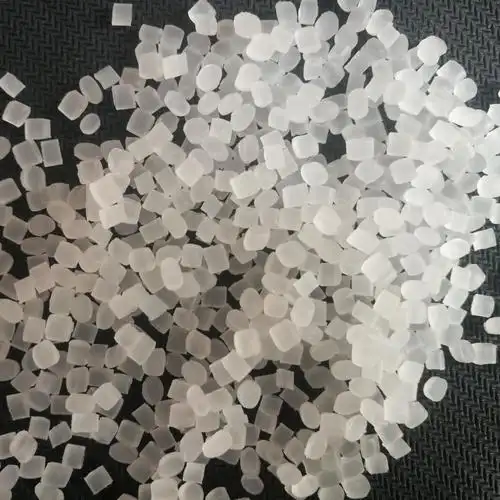
What Is TPE, and Why Does Lifespan Matter?
Before we get into lifespans, let’s clarify what TPE is. Thermoplastic Elastomers are a class of materials that combine the elasticity of rubber with the processability of plastics. They’re used in products like phone cases, shoe soles, seals, grips, and even baby pacifiers because they’re soft, flexible, and recyclable. Unlike thermoset rubbers, TPEs can be melted and reshaped, which makes them cost-effective and versatile.
In my work, I’ve seen TPE products excel in demanding environments, but their lifespan isn’t a one-size-fits-all number. Knowing how long a TPE product will last helps manufacturers choose the right material, designers set realistic expectations, and consumers make informed purchases. Let’s explore the factors that determine TPE lifespan and what you can expect in various applications.

Factors Affecting the Lifespan of TPE Products
The durability of a TPE product depends on several variables, which I’ve observed through years of testing and client projects. Here’s a breakdown of the key factors:
1. Material Composition
TPE is a broad category, including subtypes like Styrenic Block Copolymers (SBCs), Thermoplastic Polyurethanes (TPUs), and Thermoplastic Vulcanizates (TPVs). Each has a unique chemical makeup that affects durability.
What I’ve seen: TPUs, often used in phone cases or sports equipment, resist abrasion better than SBC-based TPEs, which are common in softer products like grips. In a project for a fitness brand, TPU yoga mats lasted 5-7 years with daily use, while SBC-based mats showed wear after 2-3 years.
My insight: Check the specific TPE subtype in the product’s spec sheet. TPUs and TPVs generally offer longer lifespans for high-wear applications.
2. Environmental Exposure
TPE products are sensitive to environmental conditions like UV radiation, temperature, humidity, and chemicals. These can accelerate degradation, such as cracking, discoloration, or loss of elasticity.
UV Radiation: Prolonged sunlight exposure breaks down TPE’s polymer chains. I worked with a client whose outdoor TPE garden hose yellowed and cracked after 18 months in direct sun. UV-stabilized TPEs would have doubled its life.
Temperature: TPEs soften at high temperatures (above 80°C/176°F) and become brittle below -20°C/-4°F. In a medical device project, TPE tubing in a hospital autoclave (120°C) degraded after 6 months, while room-temperature tubing lasted 5 years.
Chemicals: Oils, solvents, and cleaning agents can swell or degrade TPE. A TPE phone case I tested lost its grip after 1 year of frequent hand sanitizer exposure.
My insight: Choose UV-stabilized or chemical-resistant TPE grades for outdoor or harsh environments. Store products away from extreme heat or cold when possible.
3. Usage Intensity
How a TPE product is used—its frequency, mechanical stress, and load—directly impacts its lifespan. Heavy use naturally shortens durability.
What I’ve seen: A TPE shoe sole on a running shoe lasted 1-2 years (about 500-800 miles) for a daily runner, while the same sole on a casual shoe lasted 4-5 years. Similarly, TPE grips on gym equipment showed wear after 3 years in a high-traffic gym but lasted 7 years in a home setup.
My insight: Match the TPE grade to the use case. High-performance applications need harder, abrasion-resistant TPEs (e.g., 70-90 Shore A hardness).
4. Manufacturing Quality
The way a TPE product is made—its design, processing, and additives—plays a huge role in longevity. Poor molding or cheap fillers can lead to premature failure.
What I’ve seen: A budget TPE phone case developed micro-cracks after 6 months due to overfilled additives, while a premium case from the same material lasted 3 years. In a factory audit, I found improper cooling during molding caused weak spots in TPE seals, reducing their life by half.
My insight: Buy from reputable brands with strict quality control. Ask manufacturers about their molding process and additive formulations.
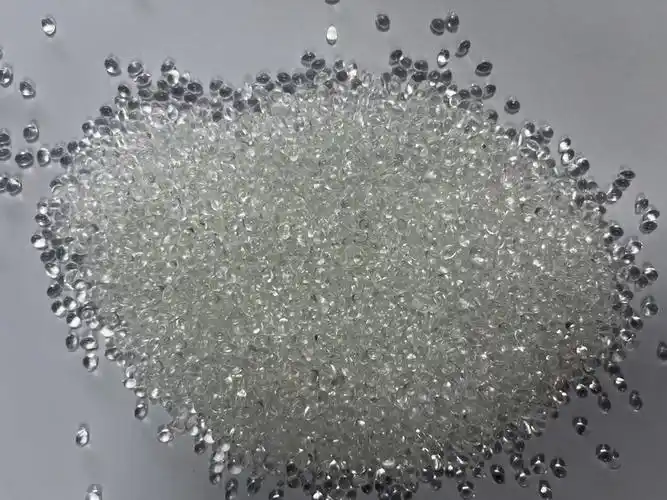
5. Maintenance and Care
Proper care can significantly extend a TPE product’s life. Neglect, like improper cleaning or storage, accelerates wear.
What I’ve seen: A client’s TPE yoga mat lasted 4 years with regular cleaning (mild soap and water) and indoor storage, while another’s mat, left in a car trunk, cracked after 1 year. TPE seals in industrial pumps lasted 5 years with routine lubrication but failed in 2 years without it.
My insight: Clean TPE products with non-aggressive cleaners, avoid abrasive scrubbing, and store them in cool, dry places away from sunlight.
Typical Lifespans of TPE Products
Based on my experience across industries, here’s what you can expect for common TPE products under typical conditions (moderate use, indoor or shaded environments, proper care):
Phone Cases (TPU-based): 2-4 years. Heavy use or chemical exposure (e.g., lotions) may reduce this to 1-2 years.
Shoe Soles (TPU or TPV): 2-5 years for casual wear, 1-2 years for athletic use (500-1000 miles).
Yoga Mats (SBC or TPU): 3-7 years with regular cleaning, 1-3 years if left in sun or heavily used.
Seals and Gaskets (TPV): 5-10 years in industrial settings with maintenance, 2-5 years in harsh conditions.
Medical Tubing (SBC or TPU): 3-7 years in hospitals with sterilization, 1-2 years in high-heat autoclaves.
Grips (SBC): 3-6 years in moderate use (e.g., tools), 1-3 years in high-wear settings (e.g., gym equipment).
Outdoor Hoses (TPV): 3-5 years with UV stabilization, 1-2 years without.
These are averages. Lifespans can vary widely based on the factors above. For example, a premium TPU phone case with UV stabilizers might outlast a cheap SBC-based one by years.
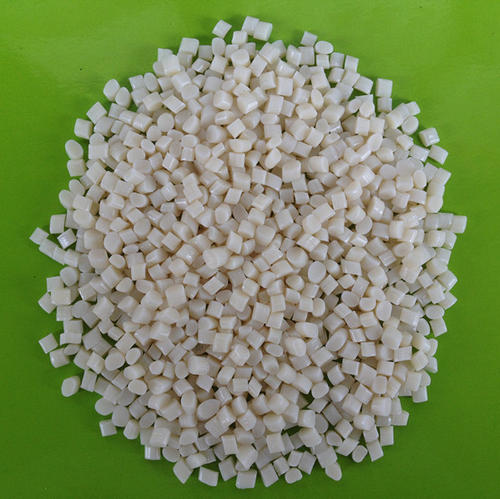
Table: TPE Product Lifespans by Application
Here’s a concise table summarizing typical lifespans and key factors, based on my observations:
|
Product |
Typical Lifespan |
Key Factors |
Tips for Longevity |
|---|---|---|---|
|
Phone Case |
2-4 years |
Chemical exposure, usage intensity |
Use TPU, clean with mild soap |
|
Shoe Sole |
2-5 years |
Wear frequency, surface type |
Choose TPV, avoid abrasive surfaces |
|
Yoga Mat |
3-7 years |
UV exposure, cleaning frequency |
Store indoors, use UV-stabilized TPE |
|
Seals/Gaskets |
5-10 years |
Temperature, maintenance |
Lubricate regularly, use TPV |
How to Maximize the Lifespan of TPE Products
Drawing from my work with manufacturers and end-users, here are practical steps to get the most out of your TPE products:
Choose the Right TPE Grade: Match the material to the application. For outdoor use, insist on UV-stabilized or weather-resistant grades. For high-wear items, opt for TPU or TPV with high abrasion resistance.
Verify Quality: Buy from trusted brands or suppliers with detailed spec sheets. In one project, I rejected a TPE supplier whose samples failed tensile strength tests, saving the client from early product failures.
Follow Care Instructions: Clean with mild soap and water, avoiding solvents like alcohol or bleach. For example, I advised a gym to switch from disinfectant wipes to soap for TPE grips, doubling their lifespan.
Store Properly: Keep TPE products in cool, dry, shaded areas. A client’s TPE hoses lasted 4 years when stored coiled in a garage, compared to 1 year when left outside.
Inspect Regularly: Check for signs of wear like cracks, stickiness, or discoloration. Early intervention (e.g., replacing a worn seal) prevents bigger issues.
Consult Manufacturers: If you’re designing a product, ask for accelerated aging test data (e.g., ASTM D4329 for UV resistance). This helped a client predict a TPE seal’s 8-year lifespan in a pump.
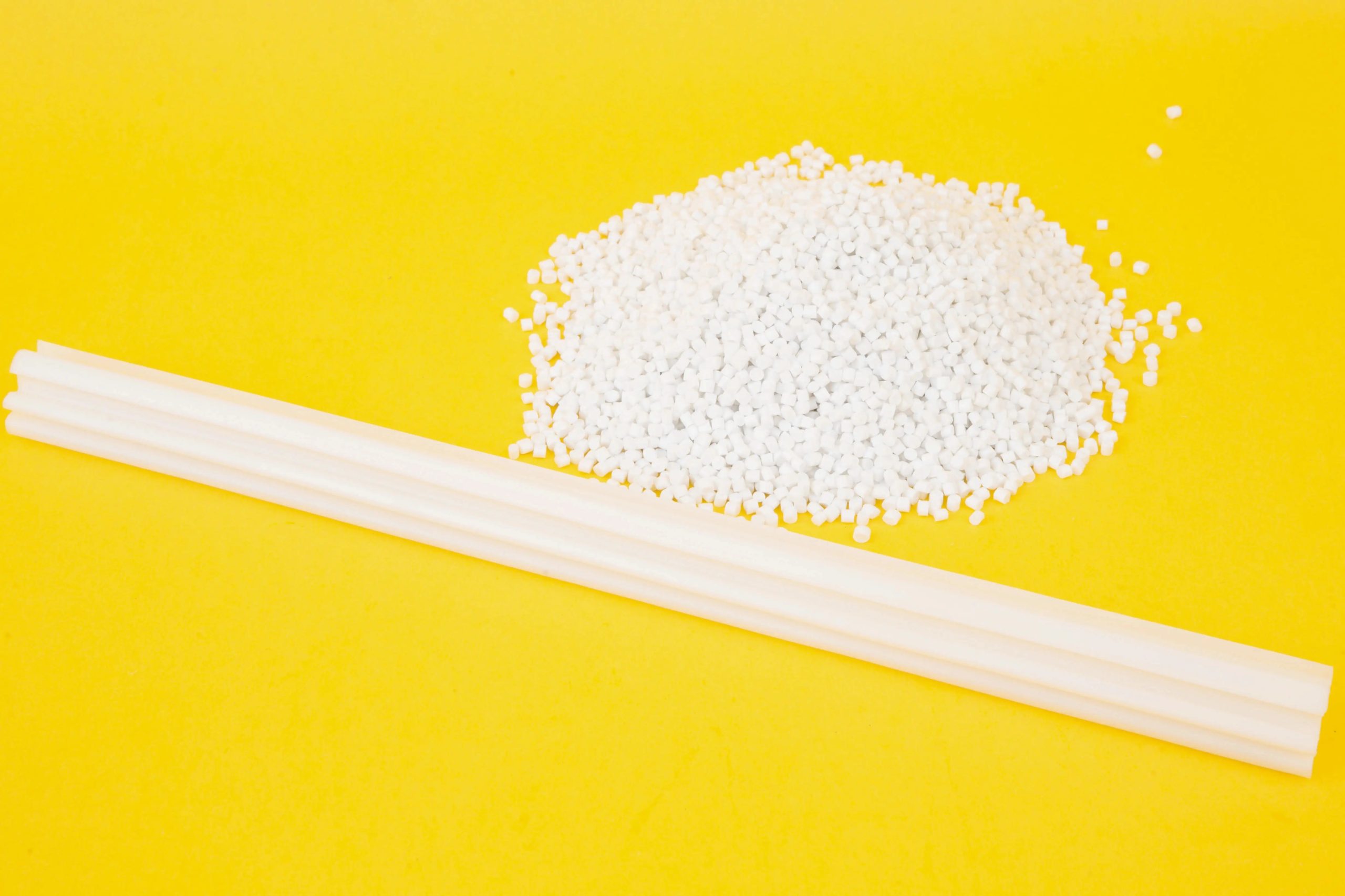
Limitations of TPE Lifespan
While TPEs are durable, they’re not indestructible. Here are some limitations I’ve encountered:
UV Sensitivity: Without stabilizers, TPEs degrade quickly outdoors. A TPE garden tool handle I tested crumbled after 2 years in sunlight.
Heat Sensitivity: High temperatures (above 80°C) soften TPEs, limiting their use in hot environments like engine compartments.
Chemical Vulnerability: Oils and solvents can cause swelling or cracking. A TPE gasket in a chemical plant failed after 9 months due to solvent exposure.
Mechanical Fatigue: Repeated stretching or compression reduces elasticity over time. TPE bands in a fitness product I evaluated lost snap after 3 years of heavy use.
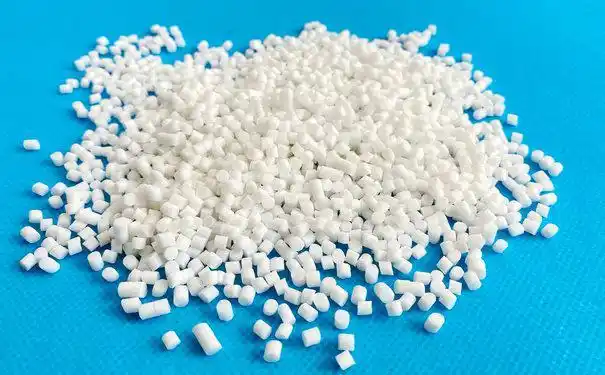
My Personal Experience: A Tale of Two Phone Cases
A few years ago, I was tasked with sourcing TPE phone cases for a tech startup. We tested two options: a cheap SBC-based case and a premium TPU case with UV stabilizers. The SBC case felt great initially but yellowed and cracked after 10 months of daily use, especially for users who left their phones in cars. The TPU case, while pricier, stayed pristine for 3 years, even with exposure to hand creams and sunlight. The startup went with the TPU, and customer reviews praised the durability. This reinforced my belief that material choice and additives make or break TPE longevity.
Comparing TPE to Other Materials
To put TPE lifespans in context, here’s how they stack up against alternatives I’ve worked with:
Silicone: Lasts 10-20 years but is pricier and less recyclable. Great for high-heat or medical applications but overkill for consumer goods.
PVC: Similar 2-5 year lifespan but less flexible and environmentally harmful. TPE is preferred for eco-conscious products.
Natural Rubber: Lasts 5-10 years but degrades faster in UV or ozone. TPE is easier to process and recycle.
Polyurethane (Thermoset): Can last 10-15 years but isn’t recyclable like TPE. Used in heavy-duty applications like tires.
TPE strikes a balance between durability, cost, and sustainability, making it ideal for many consumer and industrial uses.
Making Informed Decisions About TPE Products
Whether you’re a manufacturer selecting materials, a designer crafting a new product, or a consumer buying a TPE item, understanding lifespan is key to getting value. TPU and TPV grades offer the best durability for demanding applications, while UV stabilization and proper care can double a product’s life. My years in the industry have shown that investing in quality materials and maintenance pays off in fewer replacements and happier users.
Before buying or designing with TPE, ask for material data sheets, test reports, or samples to assess durability. If possible, test products in real-world conditions—like I did with those phone cases—to see how they hold up. With the right choices, TPE products can deliver years of reliable performance.

Wrapping Up
The lifespan of TPE products typically ranges from 1-10 years, depending on the material grade, usage, environment, and care. By choosing high-quality TPEs like TPU or TPV, protecting against UV and chemicals, and following simple maintenance tips, you can ensure your products last as long as possible. My experience has taught me that a little upfront effort—selecting the right grade, verifying quality, and planning for care—goes a long way in maximizing durability. Whether it’s a phone case, shoe sole, or industrial seal, TPE can be a reliable choice with the right approach.
Related Questions and Answers
Q: How can I tell if a TPE product is high quality?
A: Look for reputable brands with detailed spec sheets listing TPE subtype (e.g., TPU), hardness, and additives like UV stabilizers. Test samples for flexibility and resistance to wear if possible.
Q: Can TPE products be repaired if they start to degrade?
A: Minor cracks or wear can sometimes be patched with TPE-compatible adhesives, but severe degradation (e.g., brittleness) usually requires replacement. I’ve seen TPE seals patched successfully but not restored to full strength.
Q: Are TPE products safe for long-term use in medical applications?
A: Yes, medical-grade TPEs (e.g., SBC or TPU) are biocompatible and can last 3-7 years with proper sterilization. Always verify FDA or ISO 10993 compliance for safety.
Q: How does recycling affect the lifespan of TPE products?
A: Recycled TPEs may have slightly shorter lifespans (10-20% less) due to polymer chain breakdown. In a project, I found recycled TPE grips lasted 4 years versus 5 years for virgin TPE.
Q: Can TPE products withstand outdoor use for years?
A: With UV-stabilized and weather-resistant grades (e.g., TPV), TPE products can last 3-5 years outdoors. Without stabilizers, expect 1-2 years before cracking or fading.





